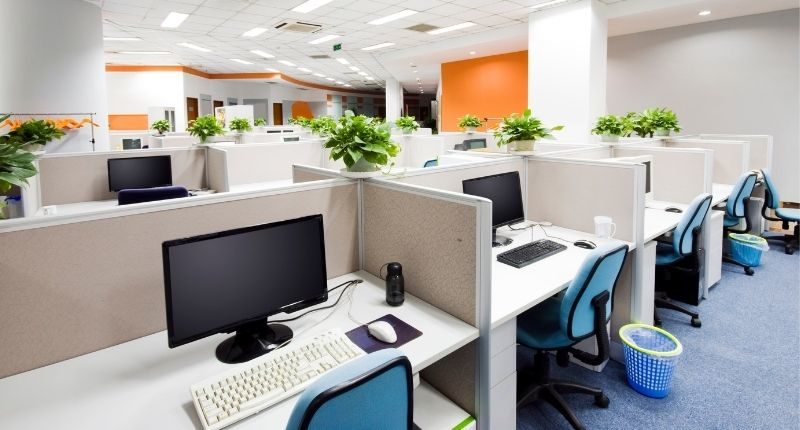- Hybrid working offers many economic, social and health benefits
- Can be a win-win for employees and businesses
- Almost half of employees said they would quit a job if forced to work from the office full time
Independently commissioned research has found that hybrid working can save businesses over $14,000 per employee per year.
The findings comes as more businesses are realising the economic, social and health benefits of hybrid working, while there has been a slight uptick in workers heading to CBD offices.
Along with greater flexibility, the average employee who works at home for at least one day per week can save $394 in public transport costs.
A recent survey by IWG – who commissioned the research – found that 49% of workers would quit if asked to return to the office for five days per week. 72% would prefer the long-term ability to work flexibly over going back to the office five days a week with a 10% pay rise.
IWG has also revealed that financial savings for businesses don’t just apply to reduced utilities – they also apply by changing the location of offices themselves. This is in part why IWG focuses on assets in hub-and-spoke locations.
“The rapid global rise in the adoption of the hybrid-working model, where companies use technology to give their employees effective remote access and home working, in combination with easy-to-access local centres and traditional head-office sites, is here to stay,” said IWG Founder and CEO, Mark Dixon.
“Not only do employees benefit from a dramatically improved work-life balance, but the model also represents a significant win for a company’s bottom line as well as employee bank balances.
Mark Dixon, IWG Founder and CEO
“By switching to a hybrid model, businesses can expect to save an average of $14,300 per employee, all while minimising their carbon footprint.”
Other findings
Research has also supported that in addition to employee satisfaction, hybrid working allows employees to reduce their carbon footprint. Nitrogen emissions, the main pollutant from car exhaust, is reduced by up to 10% due to fewer commutes.
Productivity among employees has also improved with hybrid working. A poll conducted by PWC found that 57% of business leaders acknowledge their firms have performed better against productivity measures, with just 4% recording a decline in productivity.








